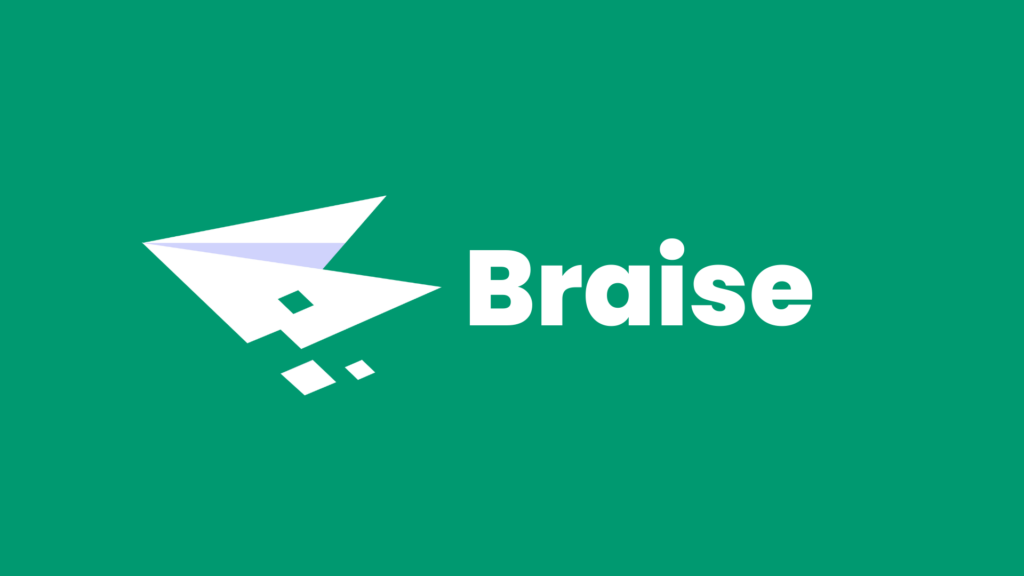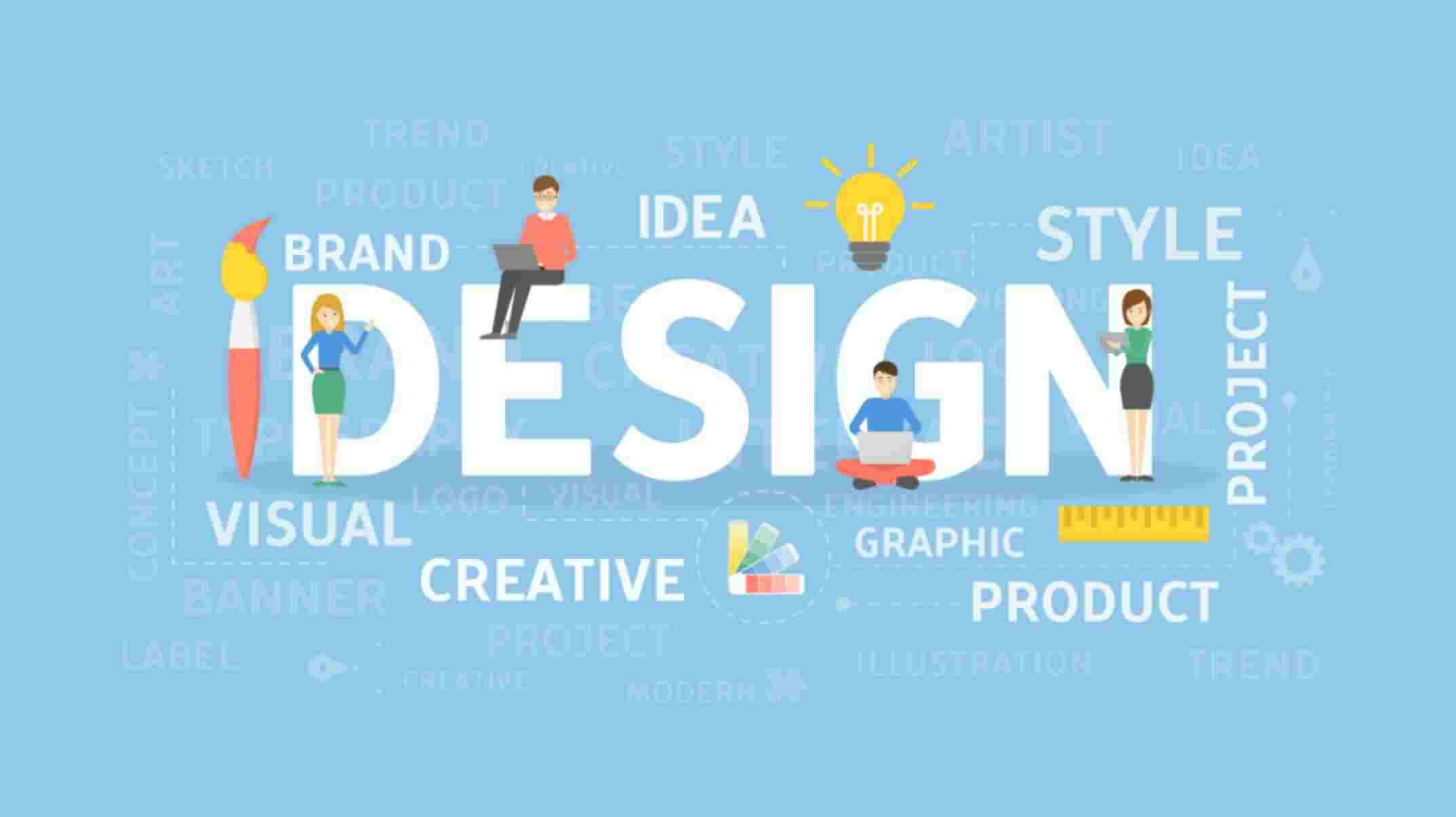In the world of business, first impressions matter immensely. Business cards are often the initial point of contact between professionals. They’re more than just pieces of paper; they represent your brand identity. Creating a well-designed business card is essential to leave a lasting and positive impression. In this comprehensive guide, we will expertly navigate the intricate world of Business Card design, offering invaluable insights, expert tips, and time-tested best practices to ensure that your cards stand out distinctly in the corporate arena.
Understanding the Basics
To design an effective business card, you need to grasp the fundamental principles that underpin its success. These little cards should capture your brand essence, communicate essential information, and exhibit professionalism.
When designing your business card, consider these key aspects:
1. Layout and Dimensions: Business cards traditionally come in a standard size of 3.5 inches in width and 2 inches in height. This size ensures that your card fits easily into standard wallets and cardholders. It’s a small canvas, so you’ll need to make the most of the space.
2. Branding Elements: Incorporate your brand’s visual identity. Your logo, color scheme, and font choices should all align with your brand’s style guide to create a cohesive look.
3. Contact Information: Essential information like your name, job title, phone number, email address, and company name should be prominently displayed. Ensure that these details are legible and well-organized.
4. Imagery and Graphics: Utilize high-quality imagery or graphics that resonate with your industry and business. These elements should enhance your card’s visual appeal.
Design Software for Business Cards
Now that you understand the basics, let’s delve into the tools and software that can help you create the perfect business card. There are various options available to cater to different design needs and skill levels.
1. Adobe Illustrator: This professional design software offers complete creative control. It’s perfect for those who are design-savvy and want to create a fully customized business card.
2. Canva: Canva provides user-friendly design templates and tools for beginners. It’s a great choice for those who want a straightforward and accessible design experience.
3. Vistaprint: Vistaprint’s online platform offers customizable templates and printing services, making it a convenient one-stop-shop for creating and printing your business cards.
4. Adobe Spark: Adobe Spark is another user-friendly tool that provides templates and design guidance, making it suitable for those with limited design experience.
Creating Business Cards for Free
You might wonder if it’s possible to create business cards for free. The answer is yes, thanks to various online tools and resources.
To create business cards for free, follow these steps:
1. Choose a Template: Start by selecting a template from one of the platforms mentioned above. These templates are often free to use and come in various styles.
2. Customize the Design: Input your information, customize the design, and ensure it aligns with your brand. Adjust colors, fonts, and layout to your liking.
3. Download the File: After finalizing your design, download the printable file. Keep in mind that while the design process is free, there may be a cost associated with printing, depending on the quantity and quality of cards you require.
Optimizing Your Design
An essential aspect of business card designing is optimizing the card for maximum impact. Here are some key considerations:
1. Clarity: Your card should convey information clearly. Use a legible font and ensure your contact details are easily readable.
2. Simplicity: Avoid clutter and excessive information. Simplicity often leads to a more visually appealing card.
3. Consistency: Maintain consistency with your brand’s visual identity, ensuring that colors, fonts, and logo placement align with your other marketing materials.
4. High-Quality Printing: If you choose to print your cards, invest in high-quality printing services. The paper stock, finish, and printing quality can significantly impact the card’s final look.
International Considerations
Keep in mind that business card norms and dimensions can vary internationally. While the standard US size is 3.5 x 2 inches, some countries may have different preferences. For instance, in Japan, business cards are slightly larger, while in Europe, the dimensions may differ as well. When designing business cards for international use, it’s crucial to be aware of these cultural differences.
In Conclusion
Designing an effective business card is an art that combines creativity, branding, and professionalism. It’s a small canvas with a big impact, so every element on the card matters. Whether you choose to use professional design software, user-friendly online tools, or opt for free templates, the key is to ensure your card represents your brand with clarity and style. Keep international considerations in mind when designing for a global audience. A well-designed business card is a powerful networking tool that leaves a lasting impression in the world of business. Master this art, and your first impression will always be a memorable one.
Creating a professional business card is a reflection of your commitment to quality in every aspect of your business interactions. So, invest the time and effort in crafting a card that truly represents the essence of your brand.








